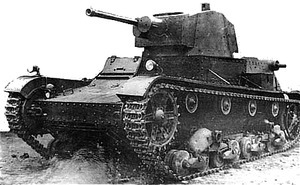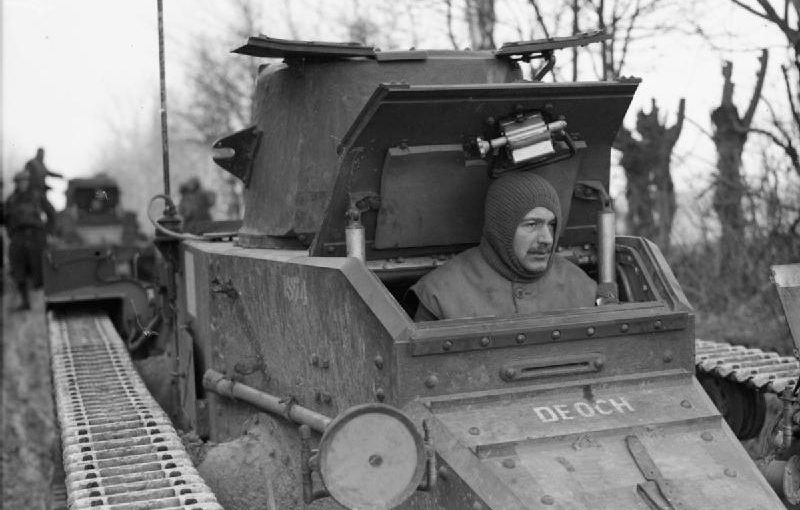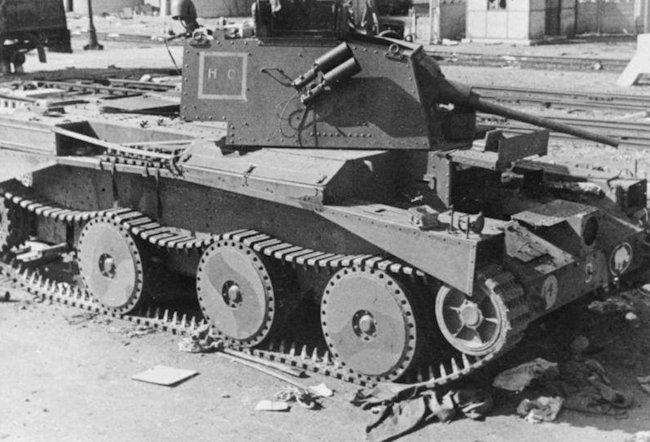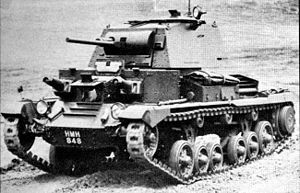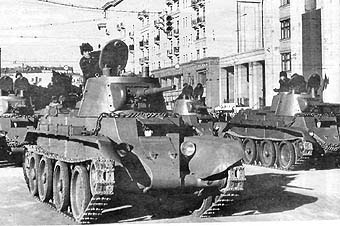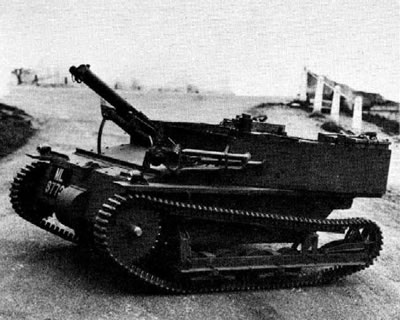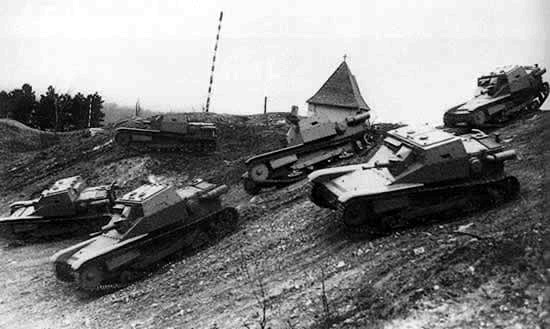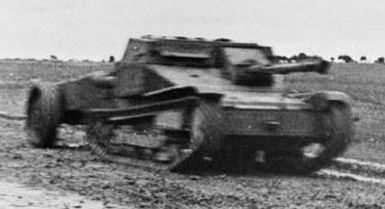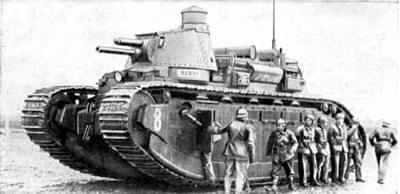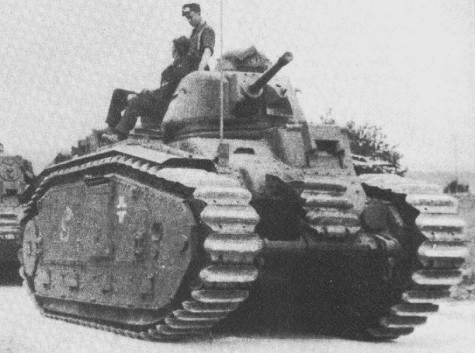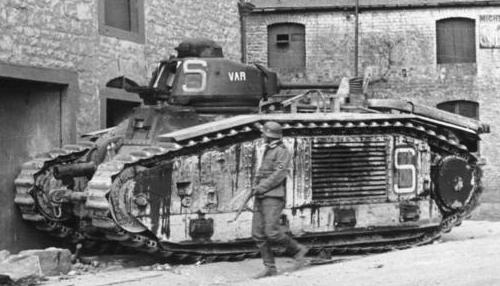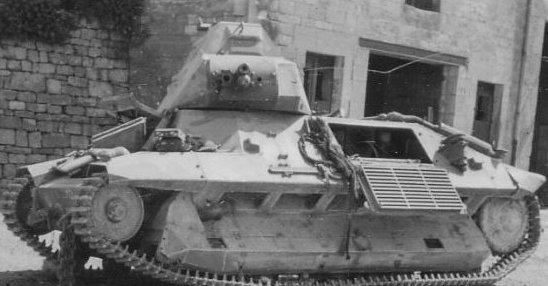Poland purchased the Vickers-Armstrong 6 Ton Mark E from the British, copied it and used it as the basis for their 7TP light tank. The 7TP weighed 9.4 tons (9,550 kg) and had thicker armor than the Vickers-Armstrong 6-Ton tank. Earlier versions of the 7TP light tank had twin turrets, each with a 0.312 (7.92mm) …
Category Archives: Interwar Tanks
A11 Infantry Tank Mark I Matilda I
The first model of the famous Matilda tanks was designed by Sir John Carden, a prolific tank designer in Britain at the time. It was first built in 1936 at the Vickers tank factory. There are a number of stories behind how these tanks got the nickname Matilda. Some say that General Hugh Elles named …
A13 Cruiser Tank Mark III
The A13 was first conceived in 1936 as a response to the Russian Christie-type BT being used by the Red Army. When the British War Office saw the Russian tank they asked designers at the Nuffield Organisation, a vehicle manufacturer in England, to create something similar and faster than the older A9 and A10. The …
A9 Cruiser Tank Mark I
The cruiser tank was developed out of a need for an intermediate vehicle between heavy and light. The light tanks were too weak and the heavy tanks were too slow. The A9 was the first of the cruiser tanks, developed by Britain, and put into active service in 1938. Sir John Garden designed the tank …
BT Medium Tank Series
The BT medium tank series was modeled after an American M1931Christie tank that was bought by the Soviet Purchasing Commission. Like the M1931 Christie tank, the Soviet BT medium tanks could run either on tracks or on the four large road wheels that were on either side of the tank. BT-1, which was produced for …
Carden-Loyd Mark VI Tankette
The Carden-Loyd Mark VI tankette was a small two-man machine gun carrier. It weighed less than two tons, and was designed primarily to be used for reconnaissance. Variants included a mortar carrier and a smoke projector. The machine gun, either a 0.303 inch or a 0.500 inch Vickers, was placed on a tripod at the …
Carro Veloce 33 Tankette
The design of Italy’s Carro Veloce 33 Tankette was copied from that of the British Vickers Carden-Lloyd Mark VI Tankette. In 1929, Italy purchased some Mark VIs. It also received permission to build its own version of these tanks in Italy. Ansaldo made 25 of these, using automotive parts from Fiat. These tanks were known …
Carro Veloce L35/Lf Flamethrower Tankette
The Carro Veloce L35/Lf Flamethrower Tankette differed from the Carro Veloce 33 in that it had a long-barreled hooded flamethrower instead of machine guns. In other respects, it was the same tankette. The L35’s flamethrower had a range of about 328 feet. Lf stands for “lanciaflamme”, the Italian word for flamethrower. In the earliest model …
Continue reading “Carro Veloce L35/Lf Flamethrower Tankette”
Char 2C Heavy Tank
As tanks developed during World War One the need arose for heavy tanks to break through enemy defenses and the first successful French tank built with these specifications in mind was the Char de Rupture C (eng. Breakthrough Tank C). This tank had two predecessor prototypes built between 1917 and 1918, the 1A and 1B, …
Char B1 Heavy Tank
France’s Char B1 Heavy Tank had thicker armor and more secondary weaponry than its predecessors. It was designed at the request of General Estienne, the “Father of the French Tank Corps”, who wanted a tank that had heavy fire power and was very mobile. A consortium of French companies began designing this new tank, which …
Char B1-bis Heavy Tank
The Char B1-bis Heavy Tank was a newer version of France’s Char B1, with a more powerful engine, thicker armor and a bigger gun. The B1-bis used a Renault aircraft engine and had a 1.85 inch (47mm) instead of a 1.46 inch (37mm) in the turret. Its maximum armor thickness was increased from 1.57 inch …
FCM 36 Infantry Tank
France began building the FCM 36 infantry tank in 1936. It was designed to be a light infantry support tank. The FCM 36 was the first French tank to use a diesel engine. The 8.4 liter Berliet water-cooled engine could reach a maximum speed of 15 miles per hour (24kph) and a had a maximum …
